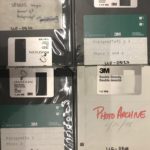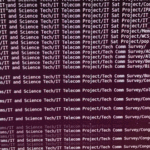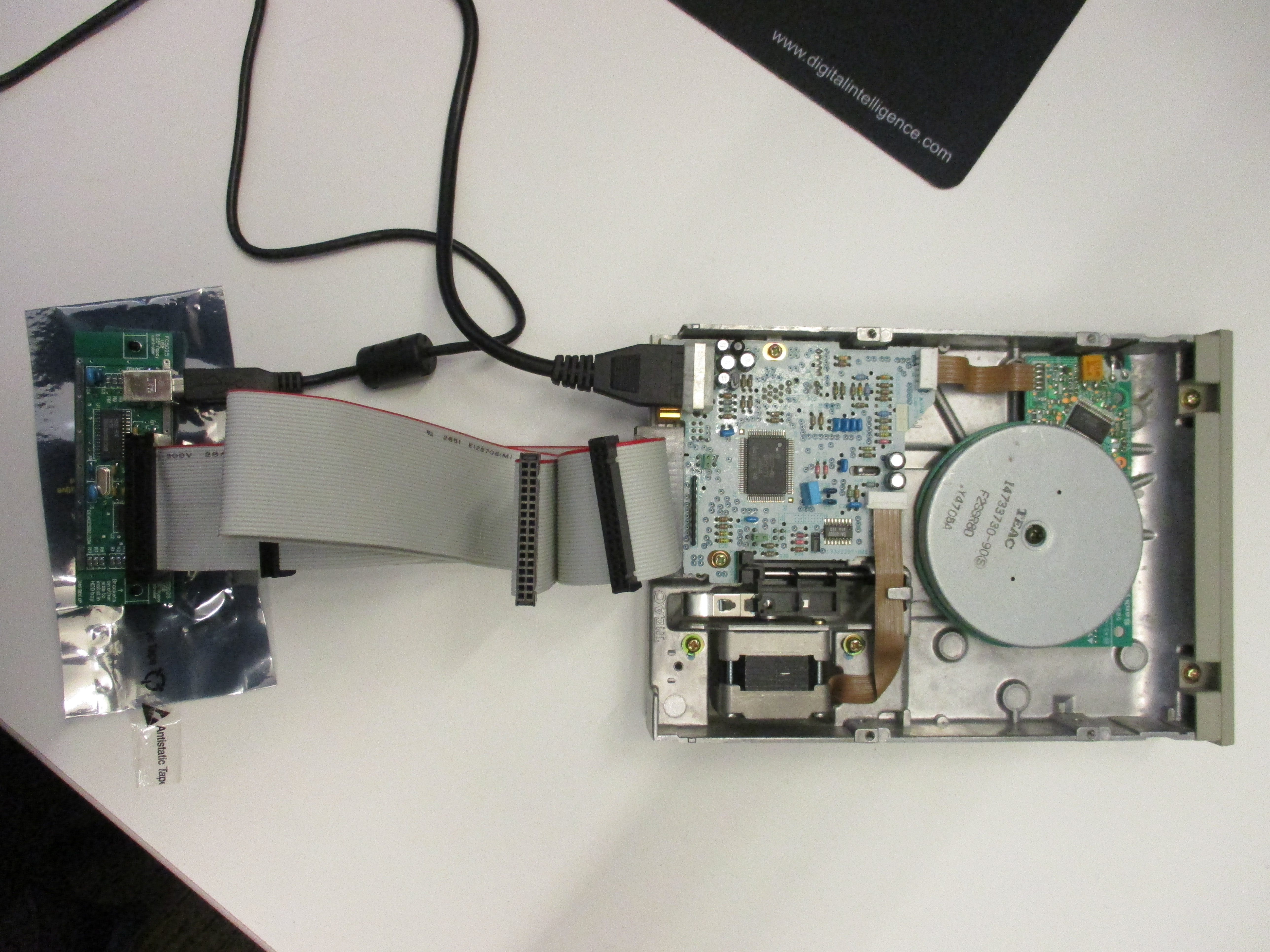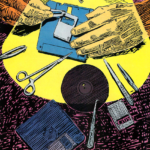
“Contents: nothing”
As we get ready to celebrate the close of our Leon Levy Foundation-funded Legacy Digital project, we can take this opportunity to reflect on the work we’ve done and most importantly, the content we’ve transferred from physical storage media dating back to the early 1980s. The contents found on these 1,000 storage media items were, contrary to the image above, a whole lot of something: an assortment of audiovisual documentation, research papers, scientific hard data, meeting minutes, conference proposals and presentations, among other nuggets of insight into WCS’s activities over the past thirty years. Continue reading




